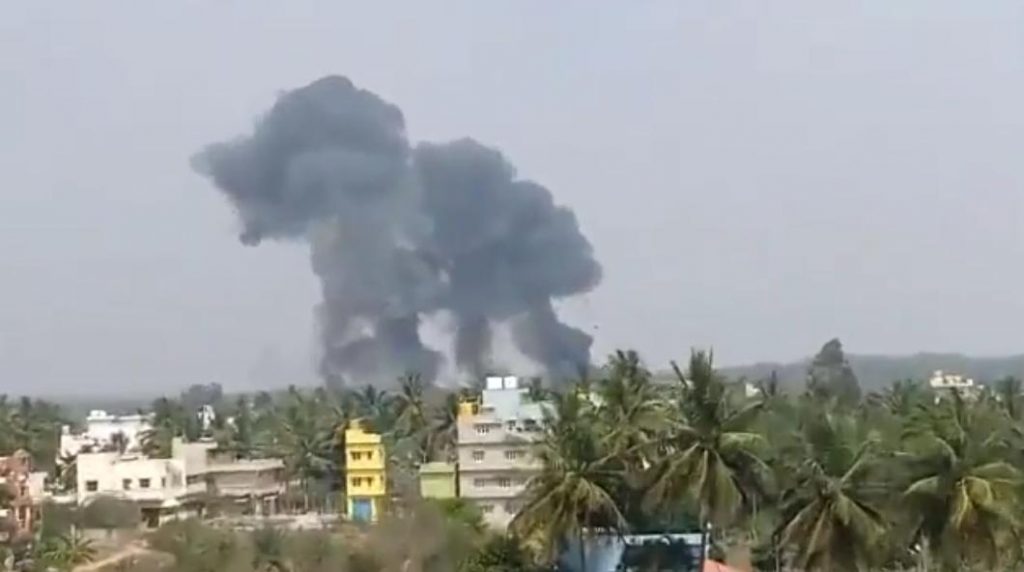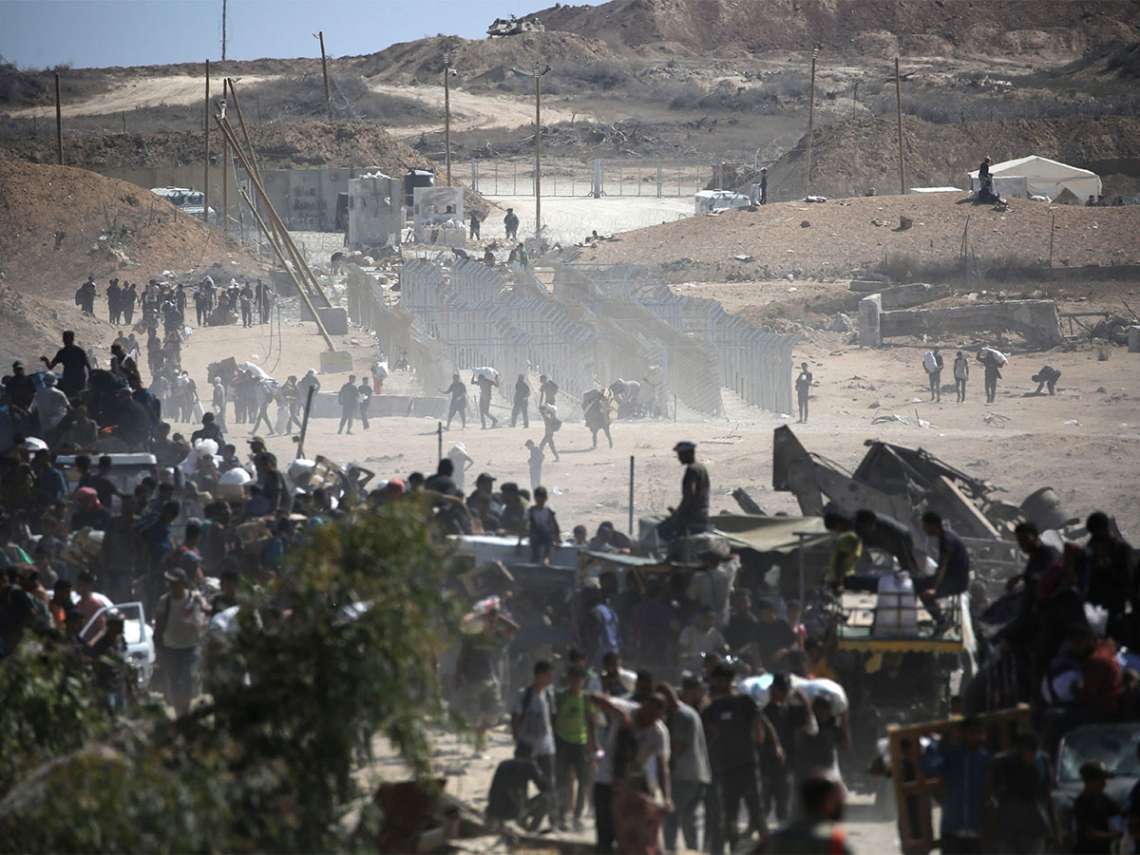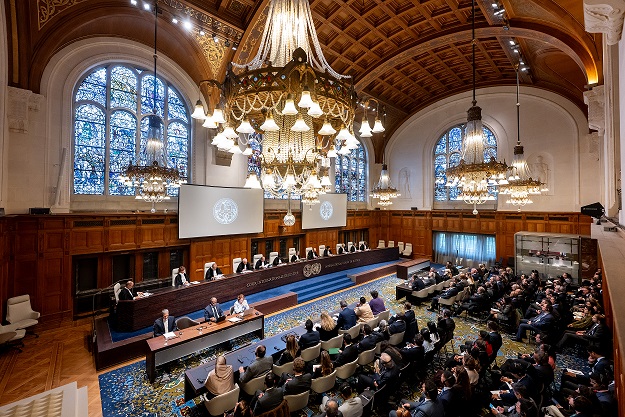Ecuador could lose two of its seven glaciers over the next few years thanks to global warming, a phenomenon that worries experts because it would alter the paramo ecosystem and its effect on the nation’s water supply and humidity…reports Asian Lite News

The most imminent threat concerns the glaciers of Carihuairazo, in Chimborazo province, and the southern Iliniza, between those of Pichincha and Cotopaxi.
“Global estimates forecast a temperature increase of 1.5 degrees C (3 degrees F), a pattern that will not change in the next 12 years,” Estefania Avalos, undersecretary of Climate Change at the Environment Ministry of Ecuador (MAE), told Efe.
This increase has already left obvious signs that temperatures are changing, but according to another expert, Bolivar Caceres of the National Meteorological and Hydrological Institute (Inamhi), the threat is imminent.
Ecuador has seven glaciers: Antisana, Cotopaxi, Chimborazo, Cayambe, the Ilinizas (north and south), El Altar and Carihuairazo, all located on volcanic craters affected by the greenhouse effect.
In the case of Carihuairazo, 96 per cent of the glacier surface has melted, which means it could disappear in just five years, Caceres said, and while no exact forecast has been made for the southern Iliniza, the thaw there has also been noteworthy.
“Up to the end of 2018, an average nationwide loss of 53 per cent of glacier coverage was recorded,” said the expert, who warned that it is hard to predict the glaciers’ future because climatic conditions change at random.
“There are models that indicate they could disappear by late 2100, but they’re just models. In the Andes, glaciers never disappear completely but they do shrink dramatically,” Caceres said about the regional situation.
The effect of the thaw is most visible in the two glaciers previously mentioned because they are located at an altitude lower than the “line of equilibrium,” the average altitude necessary for the glaciers’ regeneration.
That line is at 5,120 meters (16,798 feet) above sea level, so these two glaciers are in a “state of loss for which no recovery exists.”








